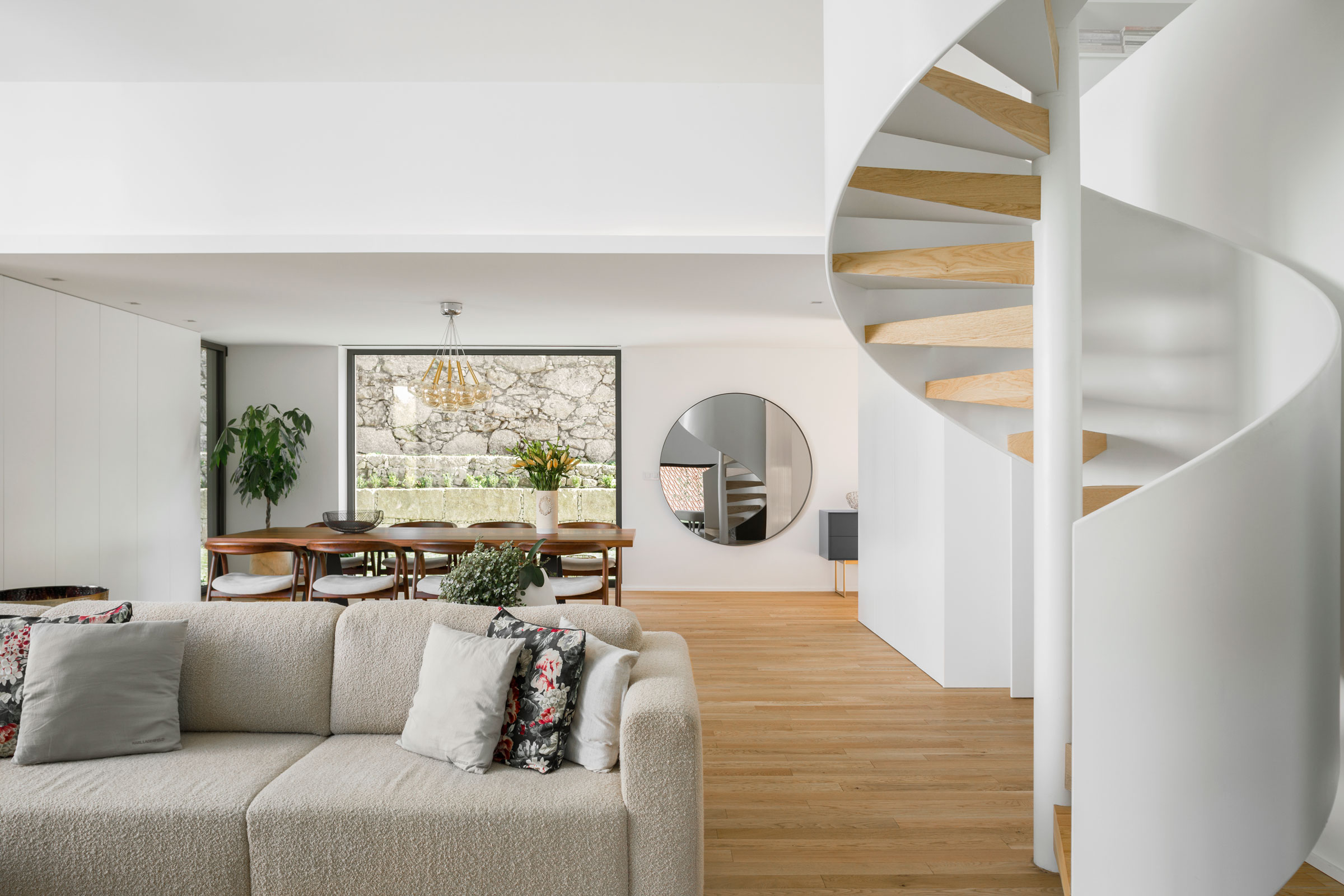Story at a glance:
- Poor indoor air quality is a top concern, especially as the EPA estimates we spend approximately 90% of our time indoors.
- Incorporating products that improve indoor air quality into design can improve the health of building occupants.
- Increased ventilation can alleviate allergies, prevent mold, and reduce inhalation of noxious gases.
Indoor air quality can have two to five times more pollutants than outdoor air, according to the EPA. In some cases, indoor levels of pollutants can even be 100 times higher than outdoor levels. That’s a big problem when we spend about 90% of our time indoors. But how can we monitor and improve indoor air quality when many air pollutants are colorless and odorless, making them invisible to our eyes?
Common sources of indoor air pollutants include fine particles from mold or dust, toxic gases from combustion, household products and chemicals, some building materials, and allergens. To combat these sources, it’s important to increase ventilation and implement indoor air quality products that can improve indoor air quality.
Here are eight indoor air quality products to consider implementing indoors.
1. Air purifiers

Photo by Matthew Millman
Air purifiers filter the air, pulling out pollutants and sending clean, purified air back into a space. They are designed to combat airborne particles like those in dust and allergens. A two-part system, air purifiers are made up of a fan and a filter, most commonly a HEPA filter or a carbon filter that uses charcoal to absorb pollutants.
Air purifiers range in capacity—some are built to cover a 3,000 square foot home, others only a small room. Make sure to use an air purifier fit for your indoor space, and don’t forget to change the filters regularly to keep air fresh and clean.
2. Plants
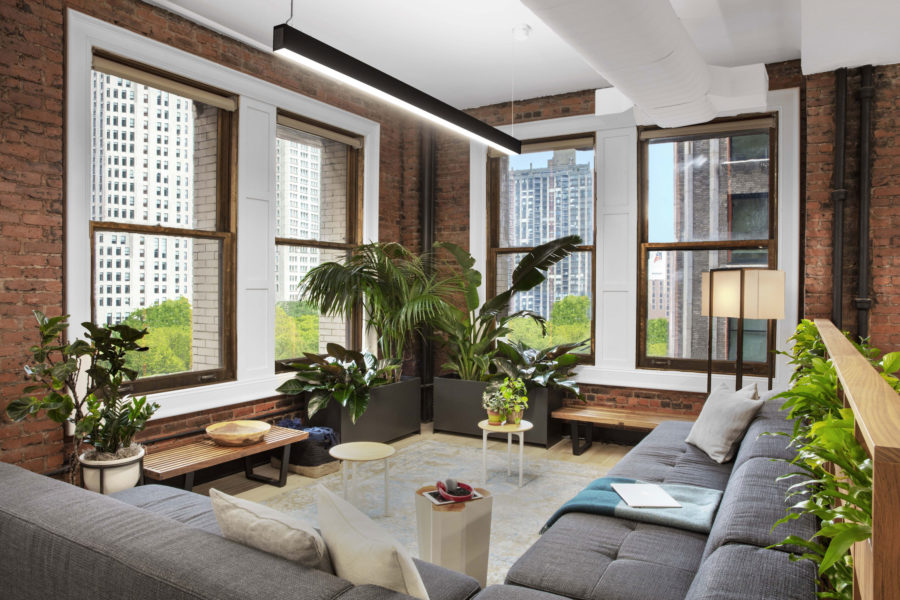
A New York City office can come to life with the addition of potted plants and palms. Photo by Eric Laignel
Although plants may not work as effectively as air purifiers to combat all pollutants, certain indoor plants have been shown to reduce chemical vapors. Adding Areca palm, Lady palm, or Bamboo plant, among others, to your indoor environment can reduce small amounts of airborne chemicals.
3. Ventilation
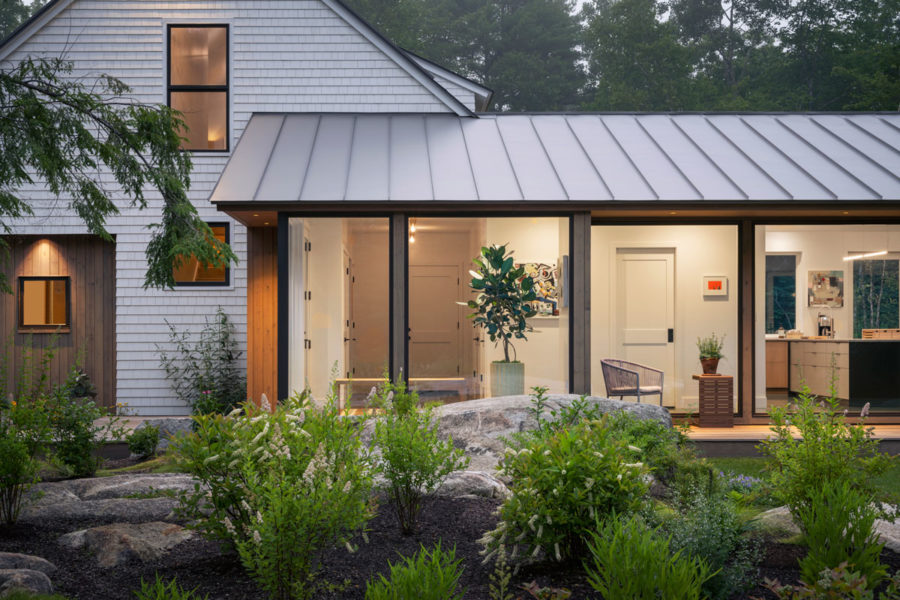
Photo by Trent Bell Photography
Unlike an air purifier that draws in indoor air, filters it, and blows it back out, ventilation is designed to bring outside air into the home. Home ventilation systems remove pollutants while minimizing energy loss by transferring the heat from inside air to the cool, fresh air supply coming in. Especially important for energy-saving homes that are tightly sealed, mechanical ventilation maintains indoor air quality and helps regulate indoor air temperatures.
With activities that generate excess pollutants like welding, sanding, or painting, these systems can excise their effects much more efficiently than simply opening windows.
4. Carbon monoxide alarms
Carbon monoxide (CO) is a colorless, odorless, and toxic gas that can only be detected with an alarm. CO is produced by the partial combustion of fuel, wood, coal, or natural gas, which makes it easy to unknowingly come into contact with it. If levels become too high, you may experience fatigue, dizziness, or flu-like symptoms, and excess exposure can be fatal. Because you cannot sense CO with your eyes or nose, it’s recommended that you install monitors on every floor of the home, inside and outside sleeping areas in particular, and monitor them monthly.
5. UV lamps

Photo by Matthew Millman
UV lamps that emit germicidal UV, or UV-C, can kill microorganisms like bacteria, viruses, and fungi in the air and on surfaces. However, since you will not likely want to install fluorescent-like UV lighting inside your home, UV-C lamps can be effective inside your HVAC system. In fact, they can be a critical defense in keeping the coils and drain pan free of icky biological hazards that grow from condensing water vapor.
One drawback to UV lamps is that some can be ozone generators depending on the glass used in the lamp. Inhaling ozone can cause adverse respiratory health, so it’s important to verify the germicidal lamp is ozone-free before installation.
6. Dehumidifiers
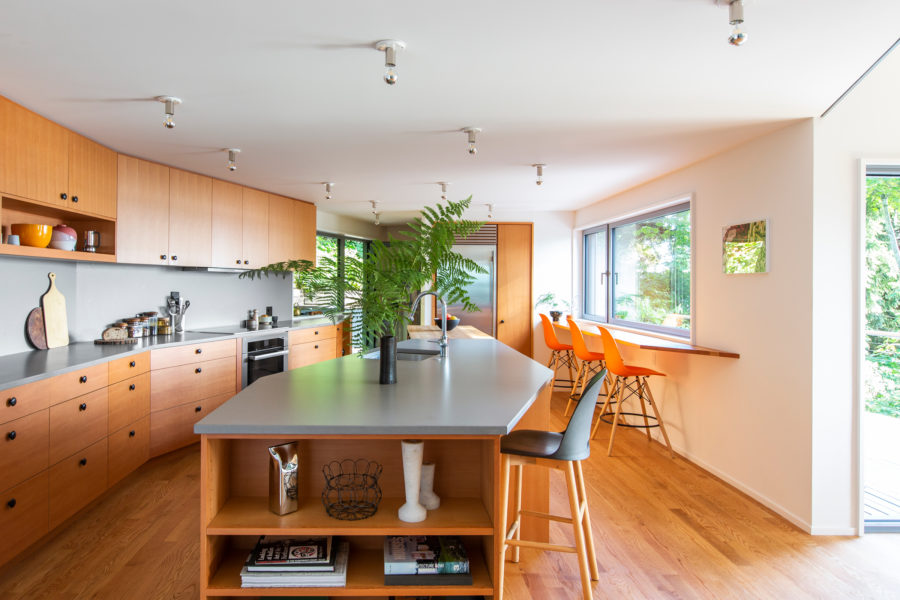
The design team wanted to connect to views of the greenbelt and Puget Sound, while improving interior flow. Photo by Rafael Soldi
Depending on your geography, humidity levels can challenge the cleanliness of indoor spaces due to high levels of moisture in the air. Allergies, asthma, and mold are all common problems in areas with high humidity. A dehumidifier works by drawing in air through a fan, passing it over condenser coils, cooling it down, and contracting the air. The leftover condensation is collected in a drawer or through a hose leading outdoors, resulting in warm, dry air blown back into the room.
When choosing a dehumidifier, consider the scale of moisture in the environment—from moderately damp to extremely wet—and choose a model that can operate at that level.
7. Quality range hoods

Inside RPA LivingHome 1. Courtesy of Plant Prefab
The kitchen can be a hub for poor indoor air quality, mainly due to the gases produced from cooking. Gas stovetops use combustion producing carbon dioxide, carbon monoxide, nitrogen dioxide, and a host of other toxic particulate matter. Small kitchens and apartments may be even more susceptible to gas buildup from reduced windows and less area for air to circulate. Frying, browning, and roasting emit different levels of particulate matter into the air, meaning it may be advantageous to find ways to increase ventilation in the kitchen.
This is where a quality range hood can be a great investment for improving indoor air quality. It works by pulling fumes, steam, and smoke out of the kitchen, and into the outdoors. It is best practice to always use it when cooking.
8. Smart thermostats
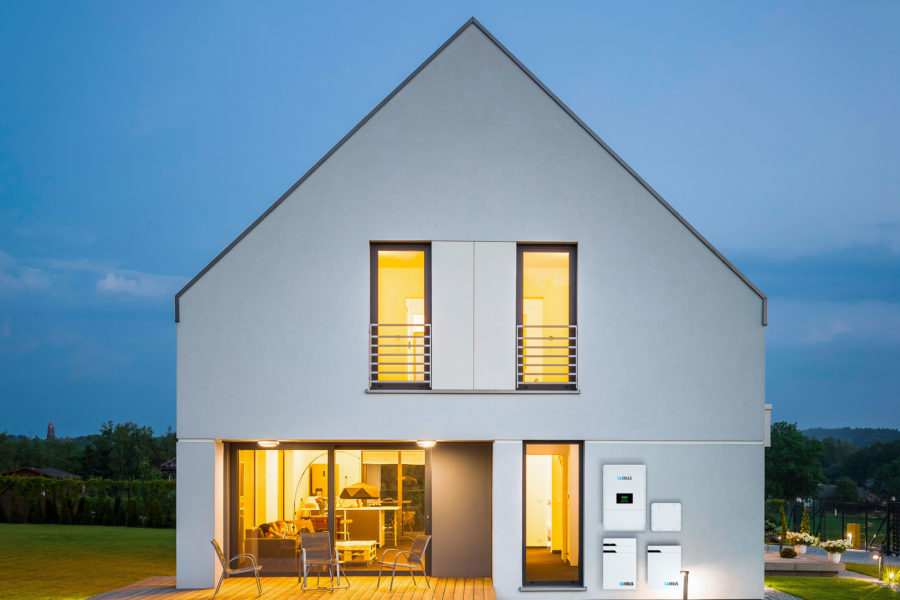
Storage systems like the Q.HOME+ ESS HYB-G1 can store anywhere from 4.5 to 18.9-kilowatt hours. Photo courtesy of Q-Cells
Thermostats control your HVAC system by regulating indoor temperatures. A smart thermostat with programmable settings can ease energy consumption, and many new smart thermostats also have a circulate option. This means that you can program your thermostat to circulate the air for a certain amount of time every hour. This will effectively reduce any hot or cold spots in the home but also allow your other indoor air quality products to work better due to enhanced circulation.

